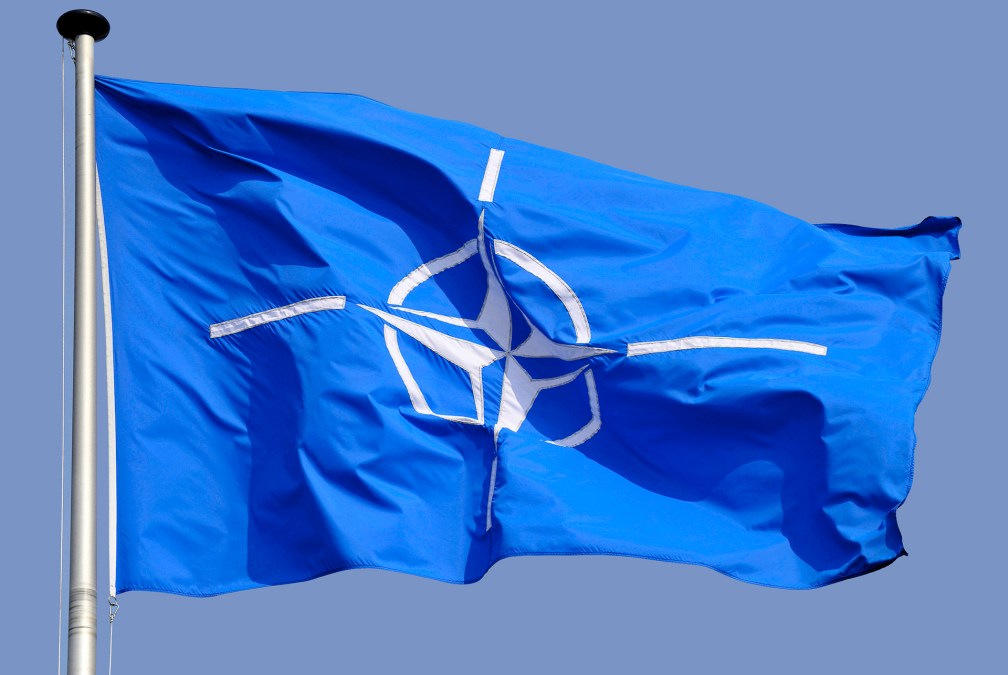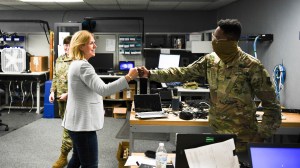Kessel Run adds NATO as a user for refueling software

The Air Force’s software and acquisition group, Kessel Run, completed its first software delivery to the North Atlantic Treaty Organization (NATO), moving the two organizations closer together.
The code, dubbed JIGSAW, is an air-to-air refueling planner that has been in use by U.S. forces since 2017. Adding NATO’s Supreme Allied Command Transformation (HQ SACT) office as a user deepens the tech relationship between the two organizations at a time when leaders are pushing for deeper technical sharing and more interoperability.
“By engaging in this strategic partnership with Kessel Run – we have been able to acquire the licence for JIGSAW, which has allowed NATO to experiment with that software,” said Lt. Col. Jonathan Clow, a Royal Canadian Air Force officer at HQ SACT. “The purpose of this is two-fold: to build a strategic relationship with [Kessel Run], in order to help inform and advise the creation of an organic software development at HQ SACT, as well as to experiment and accelerate requirement and capability development on this particular need, which is air-to-air refueling planning.”
The software piqued NATO’s interest with its ability to reduce planning times and costs of refueling. Kessel Run claims that JIGSAW has saved an estimated $500 million in fueling costs and has made planning air-to-air refueling operations eight-times faster.
“When the user says ‘I trust this. This works the way I think about doing this task and I don’t need to use that legacy method anymore,’ that is the ultimate datapoint – the user,” Clow said of the software.
NATO first purchased the software in May and used it in two exercises that took place in September. After testing out the code, Kessel Run completed the delivery of the system.
Other Department of Defense (DOD) projects that incorporate NATO and other allies include the Mission Partner Environment, an environment that DOD’s CIO has been working to build out with the goal of being able share command and control information and sensor data at appropriate classification levels. It has been described by senior military leaders as crucial for enabling more integrated operations.






